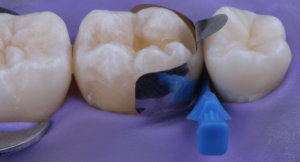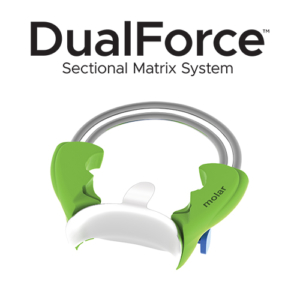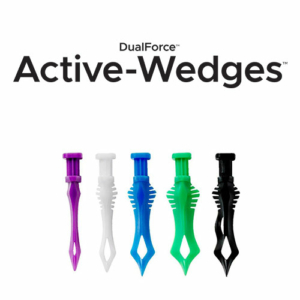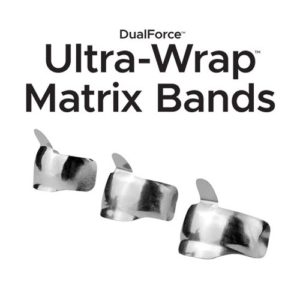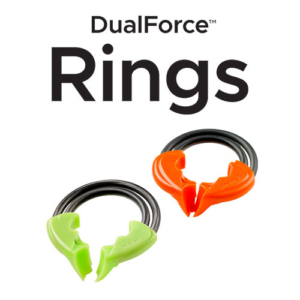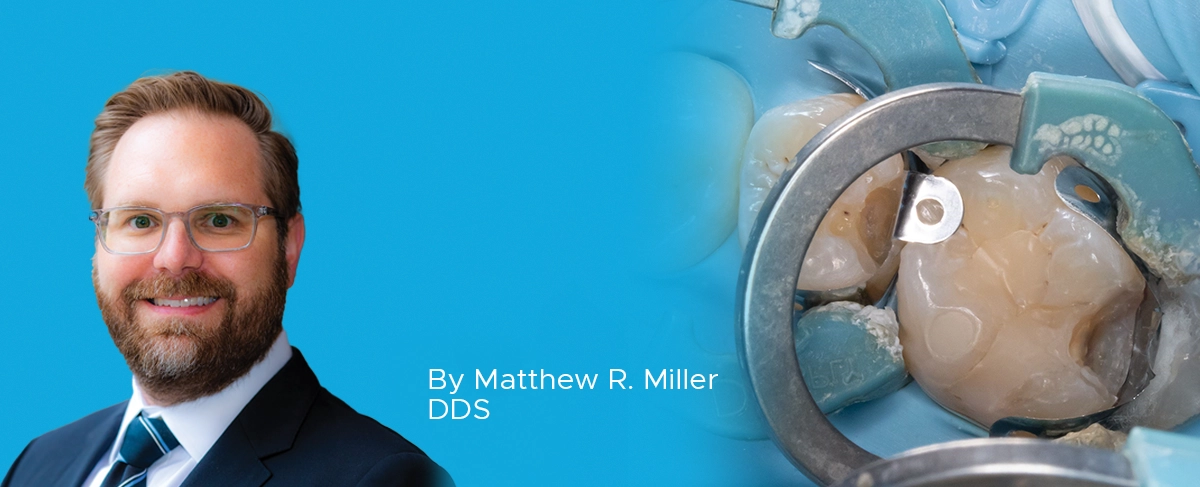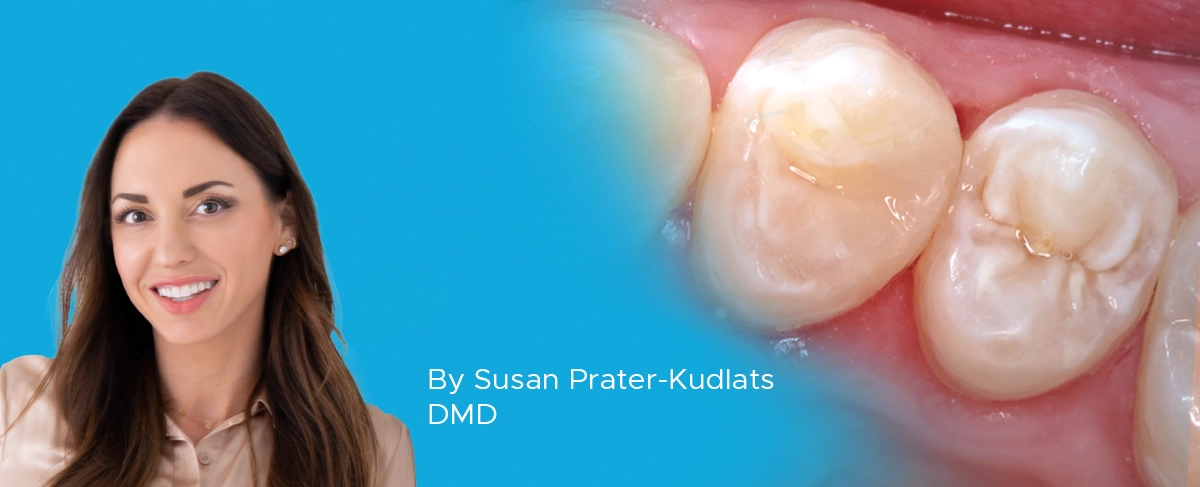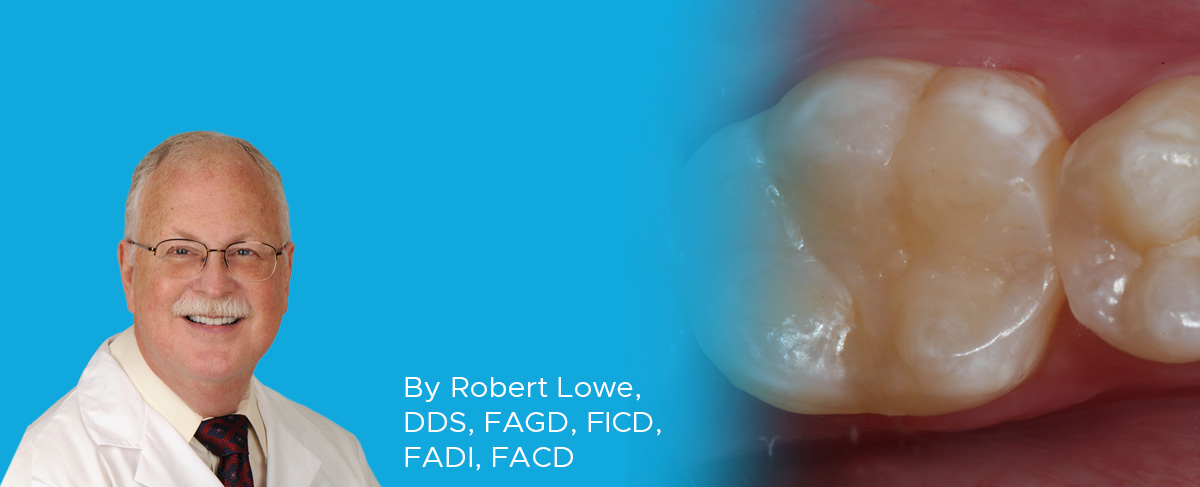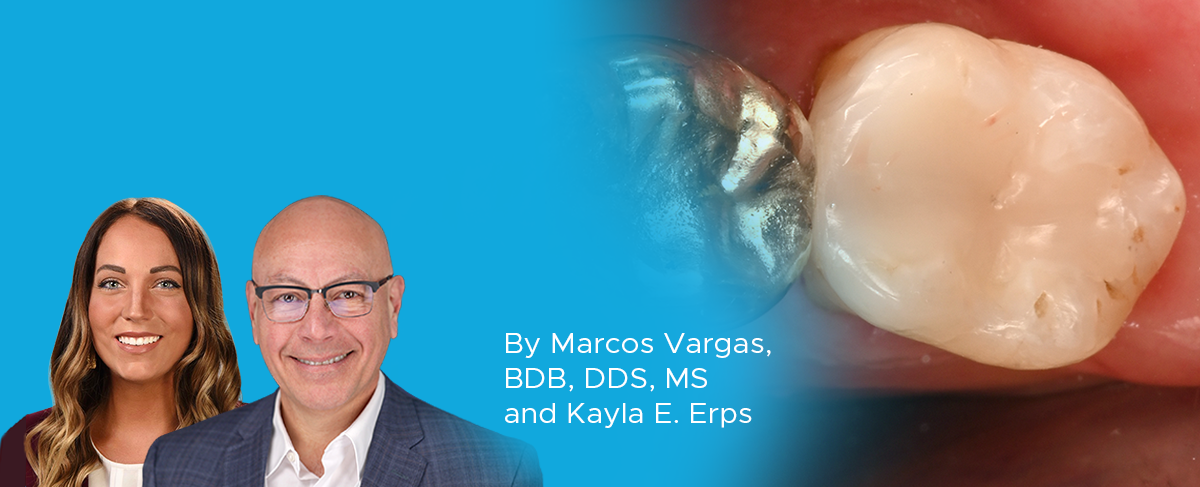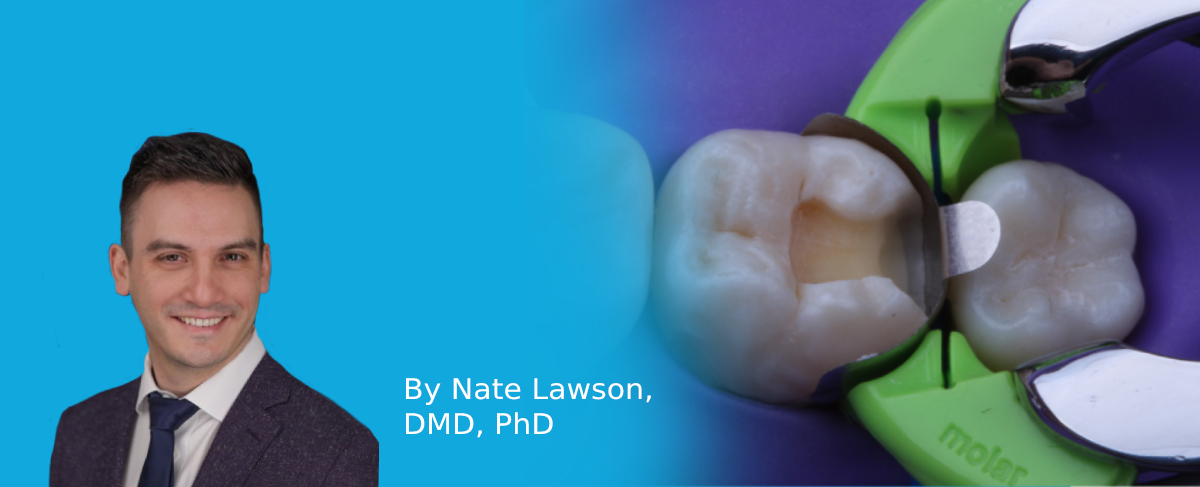
Ask the Expert: An Interview with Nate Lawson, DMD, MA, PhD
on Sectional Matrix Systems
Question
What is the advantage of using sectional matrices over circumferential matrices for composite restorations?
Answer
Question
How do the DualForceTM Ultra- Wrap™ Matrix Bands compare to other sectional matrix bands?
Answer
The DualForce Ultra-Wrap Matrix Band has an anatomical contour that differentiates it from earlier bean-shaped sectional matrices. The matrix has a lip on the occlusal edge of the band that helps to form the occlusal embrasure. Additionally, the matrix has a gingival apron (that can be trimmed) that extends gingival beyond the bottom of the box to help adapt the matrix to the tooth while still forming a cleansable emergence profile.
The matrix has a U-shaped contour in the buccal-lingual direction that helps to produce a wide buccal-lingual contact. The thickness of the matrix is about 35 microns, however, it is not dead soft. The firmness of the matrix helps to prevent crimping when inserting the matrix and deformation while adjusting the matrix.
Question
How do you pick the correct size of Matrix Band?
Answer
Question
What are some of the features of the DualForce Active-Wedge™ that differentiate this tool?
Answer
Question
From which direction should the wedge be placed?
Answer
Question
How does the DualForce Ring compare to other separating rings?
Answer
Question
How do you manage side-by-side Class II restorations?
Answer

ABOUT THE AUTHOR
Nate Lawson DMD, MA, PhD is the Director of the Division of Biomaterials at the University
of Alabama at Birmingham School of Dentistry and the program director of the Biomaterials residency program. He graduated from UAB School of Dentistry in 2011 and obtained his PhD in Biomedical Engineering in 2012. His research interests are the mechanical, optical, and biologic properties of dental materials and clinical evaluation of new dental materials. He was the 2016 recipient of the Stanford New Investigator Award and the 2017 3M Innovative Research Fellowship both from the American Dental Association. He served on the American Dental Association Council of Scientific Affairs and is on the editorial board of The Journal of Adhesive Dentistry and Compendium. He has lectured nationally and internationally on the subject of dental materials. He also works as a general dentist in the UAB Faculty Practice.
Share This Article! Choose Your Platform
Related Articles
Ask the Expert: An Interview with Matthew R. Miller, DDS on Sectional Matrix Systems
By Matthew R. Miller, DDS
There are many sectional matrix systems on the market today. Are some better than others? What should I be looking for when choosing a sectional matrix system?
Achieving Clinical Success Utilizing the DualForce™ Sectional Matrix System
By Susan Prater-Kudlats, DMD
Although Class II restorations are routine amongst restorative dentists, they still present challenges when it comes to proper contour isolation, and marginal seal. Failure to achieve adequate contour can lead to food packing, gingival inflammation, and bone loss over time. The inability to ensure isolation can result in post-operative sensitivity; the marginal seal is essential to prevent recurrent decay.
Take 5: 5 Restorative Clinicians’ Take on DualForce™ Sectional Matrix System
5 Restorative Clinicians' Take On DualForce Sectional Matrix System.
Optimizing Aesthetics and Predictability in the Placement of Posterior Composite Resin Restorations
By Robert Lowe, DDS, FAGD, FICD, FADI, FACD
The term “universal” seems to be used frequently in the adhesion/composite resin materials world today. It has always been a struggle to find such a material that can adequately replace two very different types of tissues, namely enamel and dentin. Dentin is more opaque yet resilient, while enamel is
Ask the Expert: An Interview with Nate Lawson, DMD, PhD on Sectional Matrix Systems
By Nate Lawson, DMD, PhD
What is the advantage of using sectional matrices over circumferential matrices for composite restorations?
Simplifying the Class II Composite with Bulk Fill: Efficiency Without Compromise – Clinical Article
By Marcos Vargas, BDB, DDS, MS & Kayla E. Erps, Senior Dental Student, University of Iowa
While restoring the posterior dentition, natural proximal contours, contact size, position and shape are integral to the function and longevity of both the restoration and remaining tooth structure. Composite dentistry has progressed to the point where restorations disappear into the surrounding tooth structure yet despite considerable improvements in both technique and materials, inconsistent results continue to be a challenge for many clinicians.

